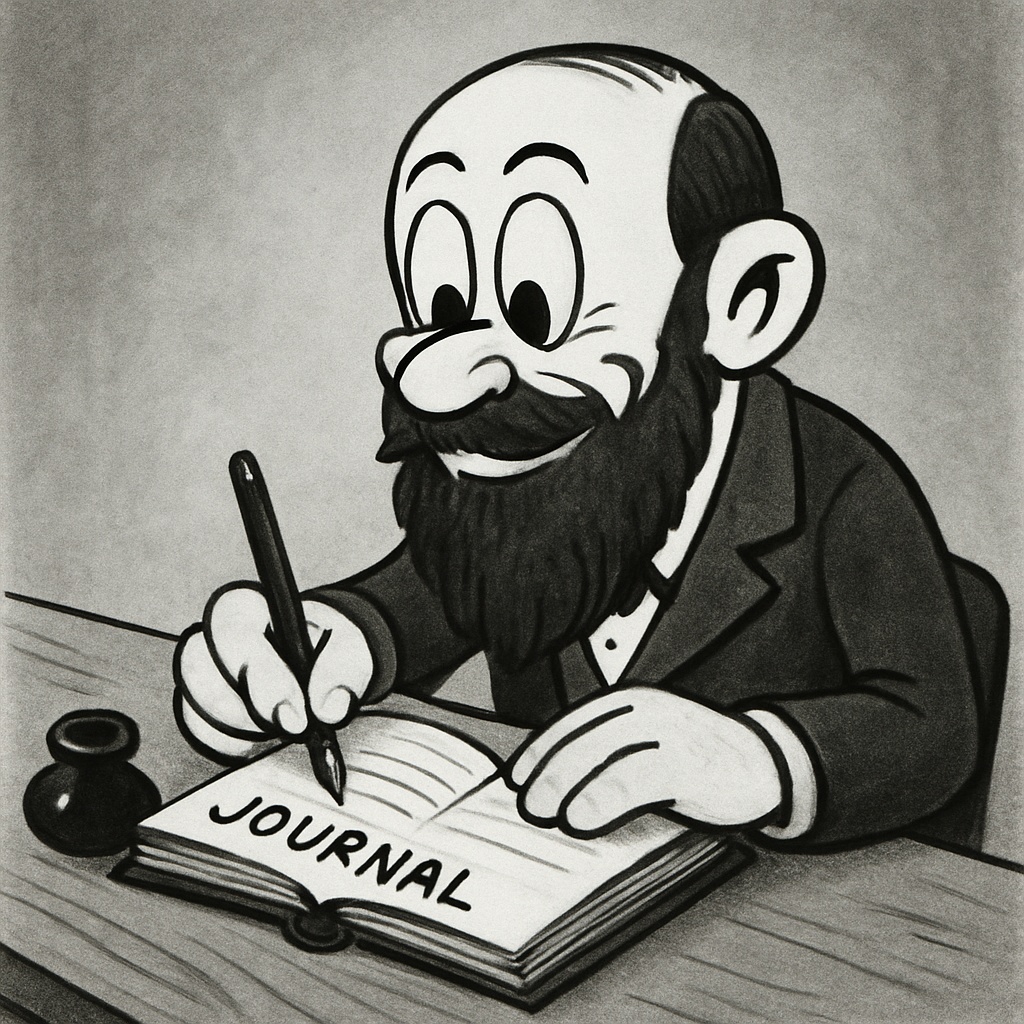Mindfulness Techniques for Work Burnout Relief
In today’s fast-paced work environments, burnout is an increasingly common issue. As a psychologist, it’s essential to equip my patients with practical tools to navigate stress and stay mindful. This article explores mindfulness exercises tailored to handle work burnout, emphasizing the principles of Acceptance and Commitment Therapy (ACT).
Understanding Work Burnout
Work burnout manifests as physical, emotional, and mental exhaustion. It often leads to reduced performance and an overall sense of helplessness. Symptoms include:
- Chronic fatigue
- Irritability
- Lack of motivation
- Detachment from work
Incorporating mindfulness into your daily routine can help alleviate these feelings and promote a sense of well-being.
What is Mindfulness?
Mindfulness is the practice of maintaining a moment-by-moment awareness of our thoughts, feelings, and surroundings. It encourages acceptance of one’s experiences without judgment. This concept aligns closely with Acceptance and Commitment Therapy (ACT). ACT emphasizes the importance of being current. It also focuses on accepting thoughts and feelings instead of fighting against them.
Practical Mindfulness Exercises
1. Mindful Breathing
Take a few moments to focus solely on your breath. Sit or lie comfortably. Close your eyes and inhale deeply through your nose, allowing your abdomen to rise. Exhale slowly through your mouth.
Tips:
- Count your breaths: inhale for four counts, hold for four, and exhale for six.
- If your mind wanders, gently bring your attention back to your breathing.
2. Body Scan
This exercise helps develop awareness of bodily sensations, which can be particularly grounding.
How to Practice:
- Lie down comfortably and close your eyes.
- Starting from the top of your head, slowly notice each part of your body.
- Acknowledge any tension or discomfort, then consciously relax that area.
- Move down to your toes, creating a sense of full-body awareness.
3. Mindful Observation
Take a moment during your workday to notice something around you.
Steps:
- Choose an object: a plant, your coffee mug, or a picture on your wall.
- Examine it closely. Notice its colors, shapes, and textures.
- Focus entirely on this object for a minute or two, allowing all other thoughts to fade away.
4. Gratitude Journaling
Writing down things you are grateful for can shift your focus away from stress.
How to Do It:
- Each day, write down three things you appreciate.
- They can be small or significant.
- Reflect on why you are grateful for these things.
5. Walking Meditation
Combine movement with mindfulness by practicing walking meditation.
Steps:
- Find a quiet space where you can walk slowly and undisturbed.
- Focus on the sensation of your feet touching the ground.
- Notice the rhythm of your steps and your breathing.
- When distractions arise, gently return your focus to your movement.
Mindfulness and Acceptance Commitment Therapy
ACT operates on the premise that avoiding uncomfortable thoughts can lead to more significant issues like burnout. Instead, mindfulness encourages acceptance of those feelings. Here’s how ACT integrates mindfulness:
- Acceptance: Allow yourself to feel stress without judgment. Recognize stress as a natural response to work demands.
- Cognitive Defusion: Separate yourself from negative thoughts. View them as passing clouds rather than lasting truths.
- Values Clarification: Discover what truly matters to you in both your work and personal life.
- Committed Action: Take small, meaningful steps aligned with your values daily.
Conclusion
Mindfulness practices are valuable tools in managing work-related stress and burnout. Implement these exercises. Adopt concepts from Acceptance and Commitment Therapy. By doing so, you can foster a more current mindset and improve your overall mental health. Remember, the journey to well-being is a personal one, and these techniques can be adapted to fit your unique needs. Stay aware, stay mindful, and take one step at a time.

